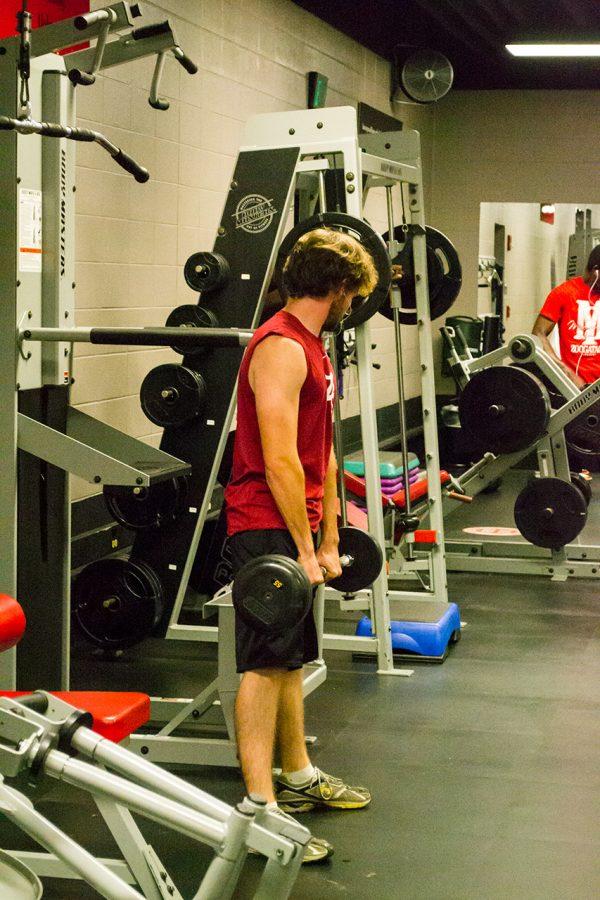Students find different ways to exercise, stay healthy
November 8, 2012
More than 80 percent of students do not get enough exercise, according to a National Health Interview survey released by the Centers for Disease Control and Prevention (CDC). Such behaviors can result in severe health problems later in life.
Inactive students have a higher risk for early death, heart disease, stroke, Type 2 diabetes, depression and some cancers, according to the U.S. Health and Human Services.
“I do not go to the gym regularly because I do not have time to do it,” said Nan Wang, education major.
Wang said she would like to walk, do housework and go shopping rather than go to gym if she has time. She thinks these activities could replace exercise in a gym.
“If I am really tired, I want to take the time to rest instead,” Wang said.
According to the CDC, active transportation, such as bicycling and walking, have declined compared to previous generations.
“I use my car to get to school,” said Tesha Vickery, biology major. “It is a faster means of transportation. I feel like I barely have time to do anything.”
Vickery works out every Monday and Thursday for cheerleading.
“Other than my required workouts, I just go to a gym whenever I am not tired and have free time,” Vickery said. “I also like to be active and play ultimate Frisbee when my friends invite me.”
According to the CDC, developing good habits early in life, such as regular exercise, can lead to a healthier life.
“I met with one of the trainers from the Student Recreation Center twice a week last semester,” said Rachel Bond, social work major. “It really helped. I am not trying to lose weight, but I do want to be healthy.”
Bond walked to school every day. She said she was thankful to find something she enjoyed and keep in a good shape.
“I have done some cross training on some days between by using the elliptical or stationary bike,” Bond said.
Bond is doing the Hal Higden Training schedule for a half marathon.
According to the 2008 Physical Activity Guidelines for Americans, young adults need to do aerobic and muscle-strengthening activities every week to stay healthy.
“I run and walk about five days a week; it lasts for an hour,” said Glenda Richey, coordinator of fitness and recreational sports.












